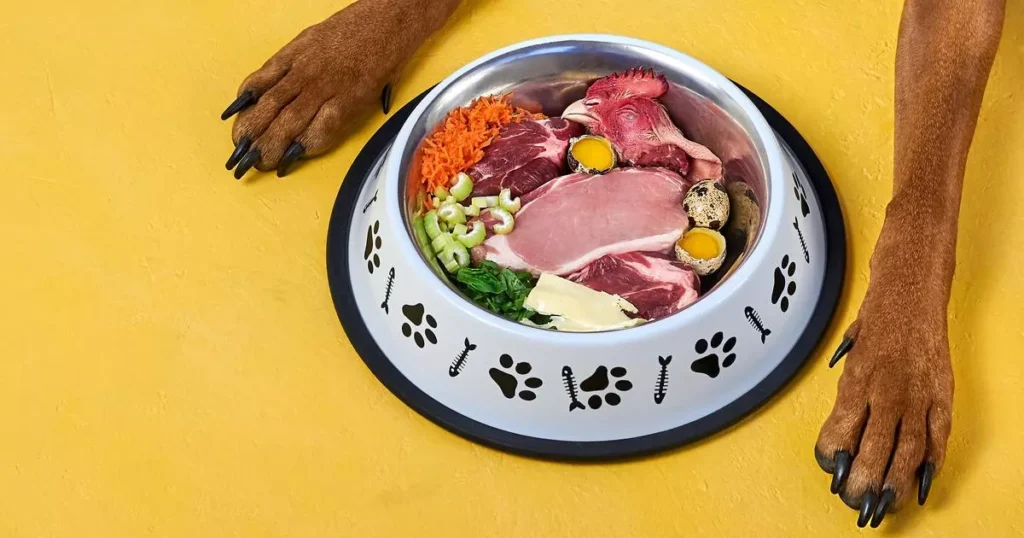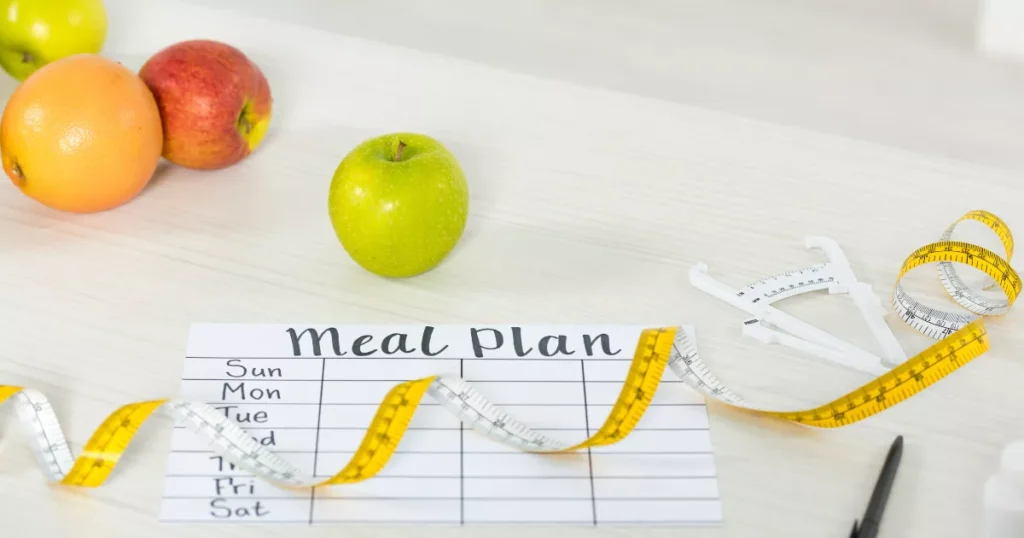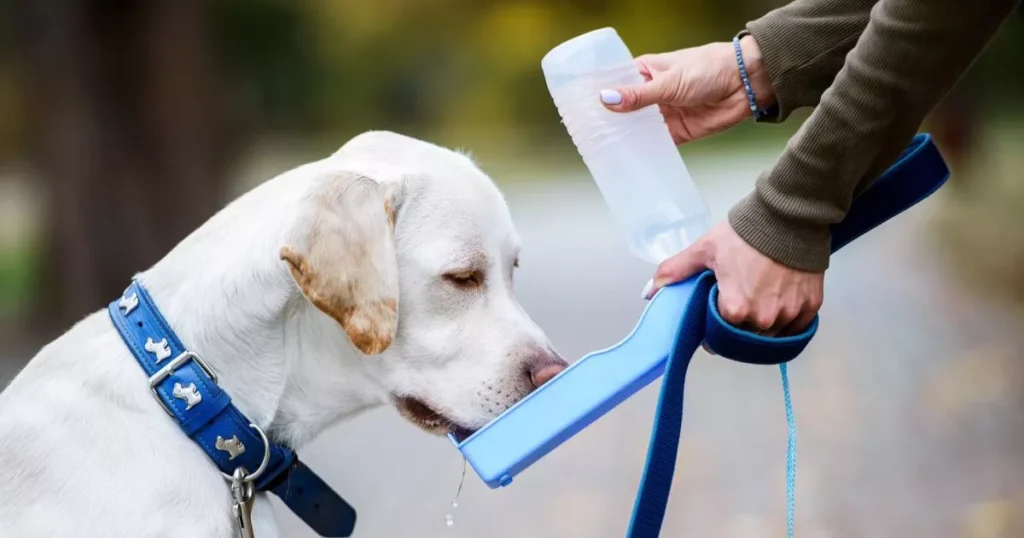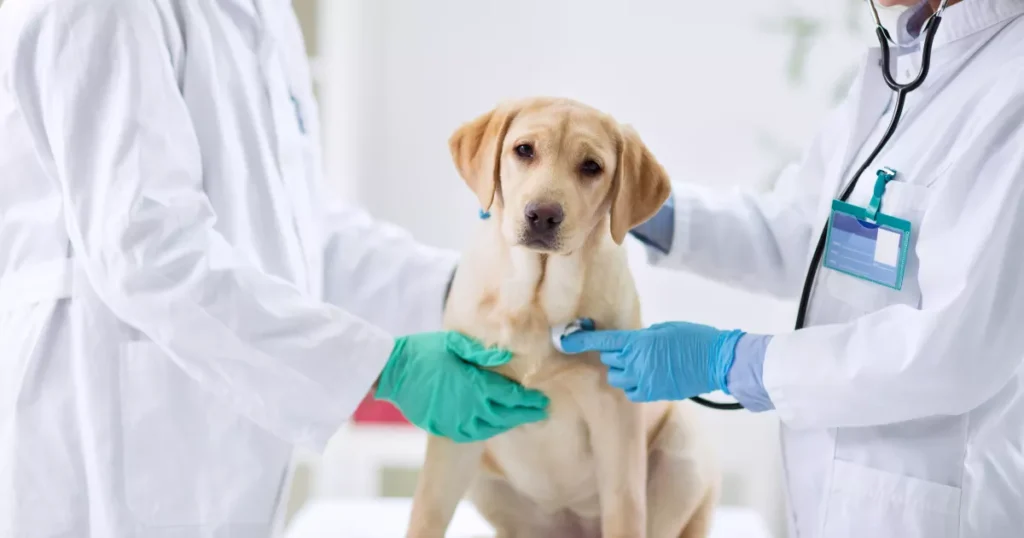Dogs, often dubbed ‘man’s best friend’, are not just pets; they are family. From their wagging tails to their boundless energy, their happiness and well-being are pivotal for every pet parent. A significant part of that well-being revolves around their diet. As American households often deal with the challenges of obesity and health issues in humans, the same concerns transfer to our beloved canine companions.
Let’s dive into the ways we can ensure our dogs enjoy a balanced diet, keeping them both happy and healthy.
1. Know Your Dog’s Dietary Needs

Every dog is different. Factors like age, breed, activity level, and health conditions can greatly influence dietary needs. For example, a growing puppy needs more calories and specific nutrients compared to a senior dog.
Active breeds like Border Collies or Labrador Retrievers require more fuel for their boundless energy. On the other hand, a laid-back Basset Hound might not need as many calories.
Estimated Daily Caloric Needs for Dogs Based on Weight and Activity Level:
| Dog Weight (lbs) | Calories for Sedentary Dogs | Calories for Active Dogs | Calories for Highly Active Dogs |
|---|---|---|---|
| 5 | 150 | 200 | 250 |
| 10 | 280 | 375 | 470 |
| 20 | 470 | 630 | 790 |
| 30 | 640 | 860 | 1,080 |
| 40 | 800 | 1,070 | 1,340 |
| 50 | 950 | 1,275 | 1,600 |
| 60 | 1,100 | 1,475 | 1,850 |
| 70 | 1,250 | 1,675 | 2,100 |
| 80 | 1,400 | 1,875 | 2,350 |
Tip: Consult your vet to get a tailored diet plan for your specific dog’s requirements.
2. Quality Over Quantity

We’re all familiar with the phrase, “You are what you eat.” This isn’t just true for us but for our dogs as well. Invest in high-quality dog food that lists meat as its primary ingredient and doesn’t fill up the label with fillers and by-products. Ensure the food aligns with American Association of Feed Control Officials (AAFCO) standards, which ensures a baseline quality.
Tip: Sometimes, less is more. Feeding smaller portions of high-quality food can be more beneficial than larger portions of low-quality meals.
3. Measure Meals

Eyeballing can be deceiving. What seems like a small amount can quickly become overfeeding. Always use a measuring cup or a scale to ensure you’re giving the right amount.
Tip: Stick to the recommended feeding guidelines on the dog food label, but remember, these are just starting points. Adjust as necessary based on your dog’s condition and activity level.
4. Limit Treats and Table Scraps

It’s hard to resist those pleading eyes, but remember, treats and table scraps should not constitute more than 10% of your dog’s daily caloric intake. Overindulging them can lead not just to weight gain but also digestive issues.
Tip: Choose healthier treat options, like baby carrots or lean meats. And remember, ‘everything in moderation.’
5. Stay Active

A healthy diet is only one side of the coin; exercise is the other. Regular walks, playtime, or even agility courses can help burn off excess calories and keep your dog’s weight in check.
Tip: Make it a routine. A daily 30-minute walk can make a huge difference in your dog’s overall health.
6. Hydration is Key

Like us, dogs need plenty of water, especially if they’re on a high-protein diet. Always ensure there’s fresh water available for them.
Estimated Daily Water Intake for Dogs Based on Weight
| Dog Weight (lbs) | Daily Water Intake (oz) |
|---|---|
| 5 | 2.5 – 5 |
| 10 | 5 – 10 |
| 20 | 10 – 20 |
| 30 | 15 – 30 |
| 40 | 20 – 40 |
| 50 | 25 – 50 |
| 60 | 30 – 60 |
| 70 | 35 – 70 |
| 80 | 40 – 80 |
Tip: If your dog seems uninterested in water, consider adding a splash of low-sodium chicken broth to pique their interest.
7. Regular Vet Check-ups

Routine vet visits are crucial in monitoring your dog’s weight and overall health. Vets can provide valuable insights, adjust meal plans, or even identify potential health issues early on.
Tip: A biannual check-up is a good standard, but puppies, seniors, or dogs with health issues might require more frequent visits.
Conclusion
Our furry friends rely on us for their well-being. By being diligent about their diet and ensuring they aren’t overfed, we can pave the way for a long, happy, and healthy life beside us. Remember, every dog is unique, and there’s no one-size-fits-all solution. Keep an open dialogue with your vet, observe your dog for any changes, and adjust accordingly. Your dog’s wagging tail will thank you!
Frequently Asked Questions
What are some signs that your dog is full and doesn't need more food? Recognizing when your dog is satiated is crucial. When a dog is full, they often leave food in the bowl after eating. They might show a loss of interest in food or treats. Additionally, if you offer more food and they turn their head away, it's a clear indication they've had enough. A visibly distended abdomen can be another sign, but it may also indicate overeating. Observing your dog during meal times and noting consistent behavioral patterns can provide insights into their satiation levels.
How can you determine the appropriate amount of food to feed your dog? The right amount of food for your dog is influenced by their weight, activity level, age, and the specific dog food you're using. Different weight categories require varying caloric intake, with active dogs needing more calories compared to their more sedentary counterparts. Puppies, given their growth phase, often demand more calories, while senior dogs might need to be on a more calorie-restricted diet. The feeding guidelines on dog food labels serve as a good starting point. However, it's essential to adjust based on individual needs and, importantly, to consult with a veterinarian for tailored advice.
Are there any dog food brands that are specifically designed for weight management? Absolutely, several dog food brands on the market are tailored for weight management. Brands like Hill's Science Diet Light, Blue Buffalo Life Protection Healthy Weight, Nutro Lite and Weight Management, Royal Canin Weight Care, and Purina Pro Plan Weight Management offer formulas that provide essential nutrients without the surplus calories. However, transitioning to a weight management food should be done under the guidance of a veterinarian to ensure the chosen brand aligns with your dog's health requirements.